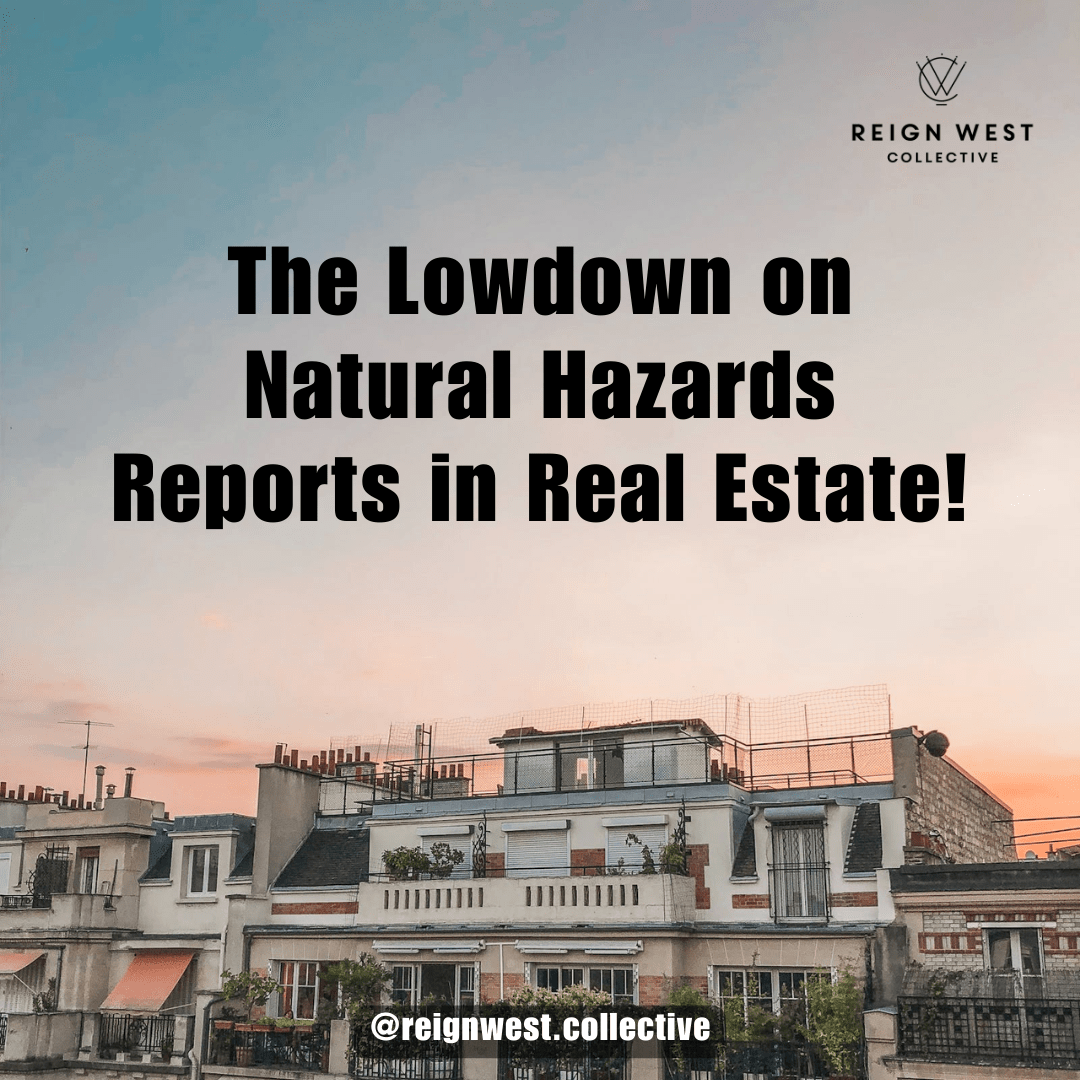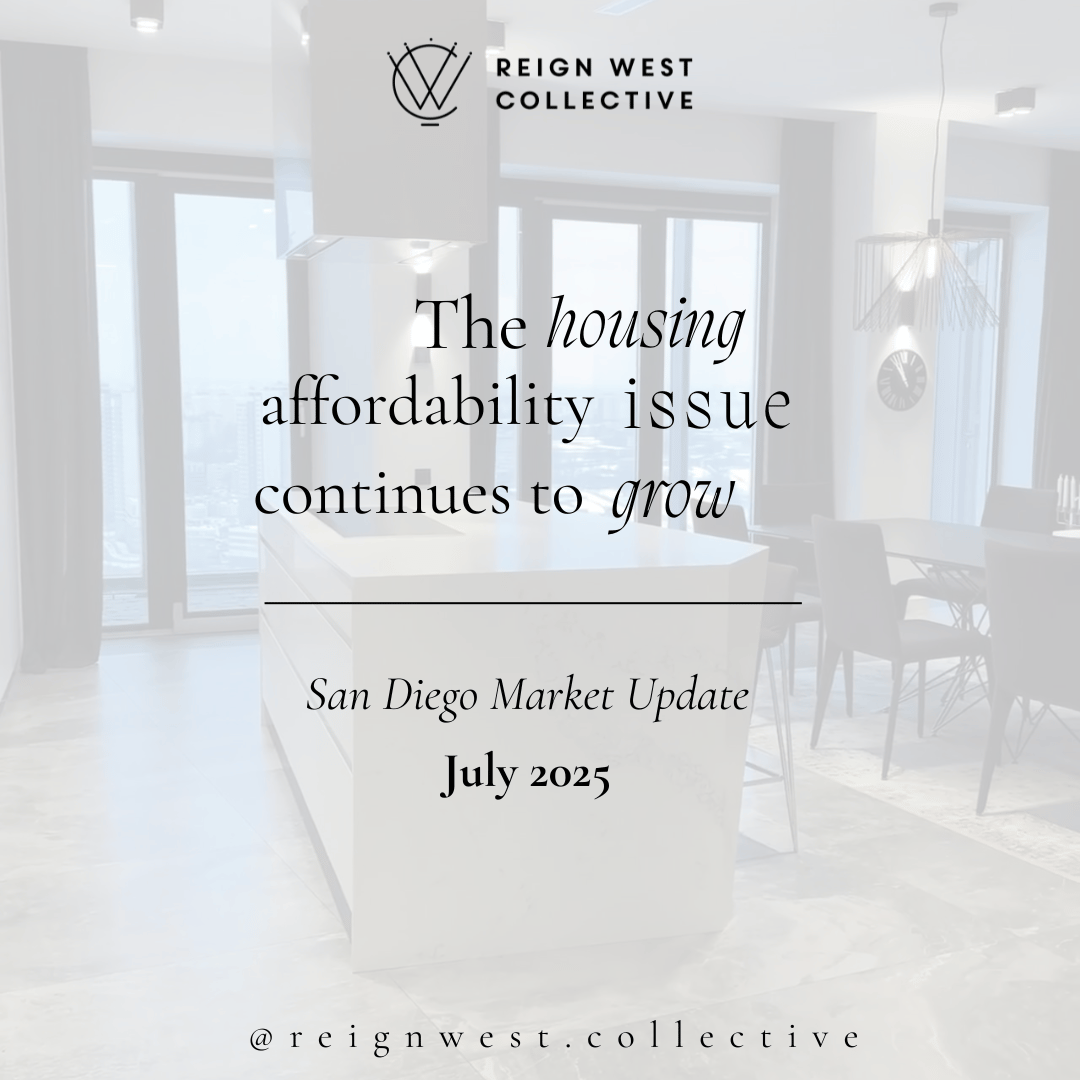The Lowdown on Natural Hazards Reports in Real Estate!


When it comes to purchasing real estate, the excitement of finding your dream home can sometimes overshadow the importance of understanding potential risks associated with the property's location. This is where a "Natural Hazards Report" comes into play. This document plays a crucial role in informing both buyers and sellers about the natural risks that may affect a property, allowing for a more transparent and informed decision-making process.
What is a Natural Hazards Report?
A Natural Hazards Report, also known as a Natural Hazard Disclosure (NHD) report, is a document that outlines the various natural risks and hazards that could impact a property. These hazards can include but are not limited to:
Who Obtains the Natural Hazards Report?
During a real estate transaction, the responsibility of obtaining a Natural Hazards Report often falls on the seller or the seller's agent. This report is then shared with potential buyers, providing them with vital information about the property's vulnerability to various natural hazards. It's important to note that the specifics of who obtains the report can vary based on local regulations and real estate customs.
Why is the Natural Hazards Report Important?
The Natural Hazards Report serves as a valuable tool for both buyers and sellers:
In conclusion, a Natural Hazards Report is a fundamental document in a real estate transaction. Its purpose is to inform buyers about the potential risks associated with a property's location, enabling them to make informed decisions while considering their safety and investment. By fostering transparency and accountability, the report contributes to a smoother, more ethical, and legally compliant real estate transaction process. Remember, while the excitement of buying a new home is undeniable, being well-informed about potential natural hazards is an essential aspect of ensuring your future property is both a dream and a safe haven.
Stay up to date on the latest real estate trends.
November 21, 2025
November 21, 2025
November 21, 2025

October 23, 2025

September 18, 2025

August 23, 2025

July 17, 2025

June 18, 2025

May 16, 2025
You’ve got questions and we can’t wait to answer them.